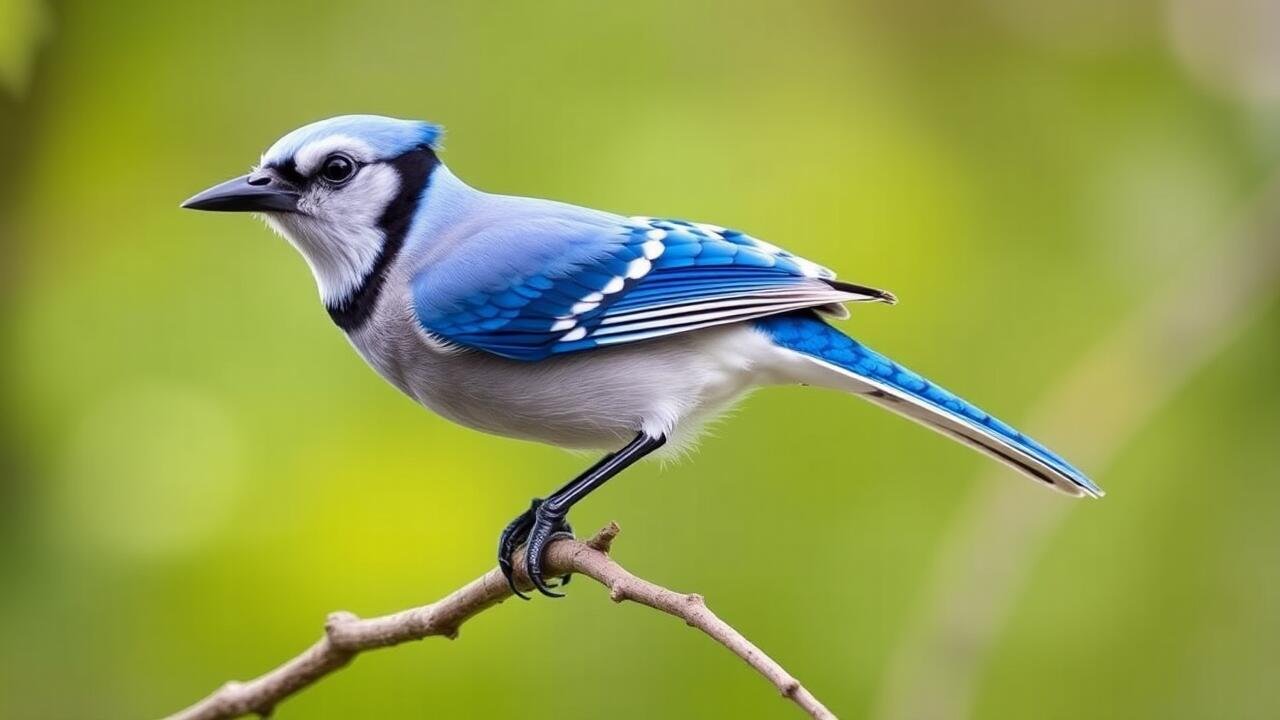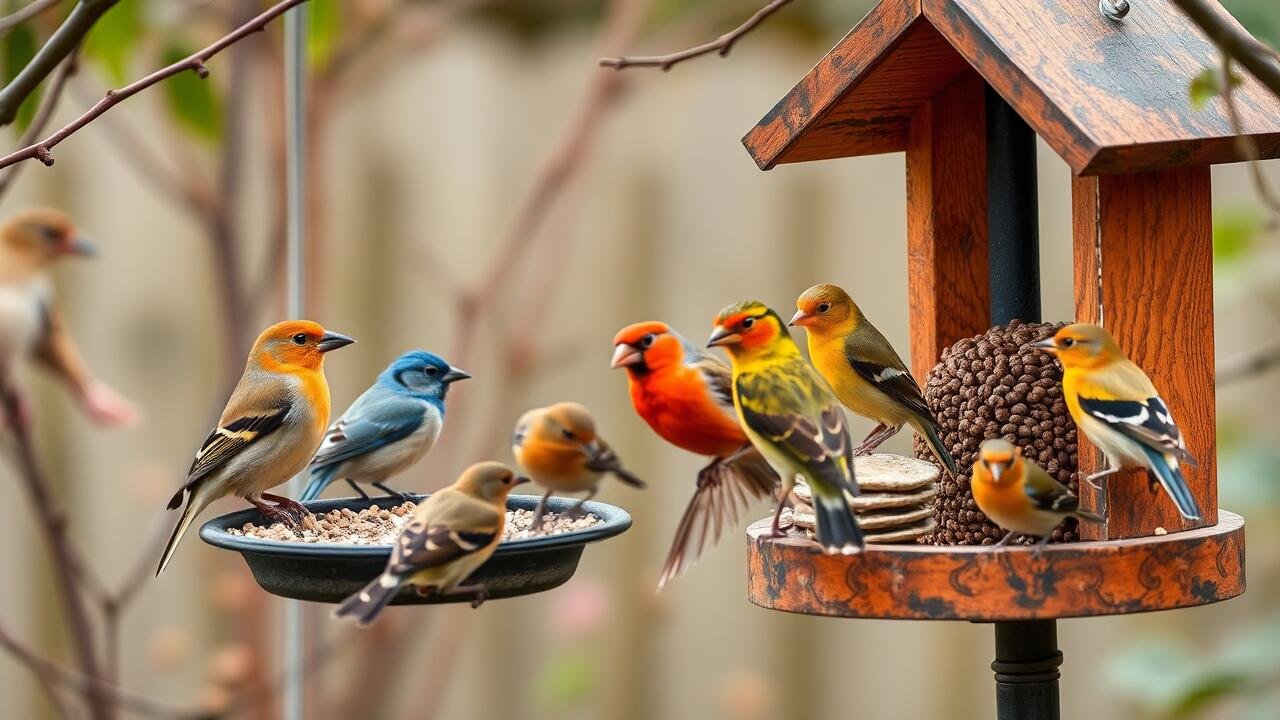The Appeal of Fruits and Nuts
What bird food attracts the most birds? Many bird species are drawn to the delicious offerings of fruits and nuts. Fresh fruits like apples, bananas, and berries provide essential vitamins and sugars that fuel energetic activities. Nuts such as peanuts, almonds, and sunflower seeds are rich in fats and proteins, making them an excellent source of energy, especially during colder months. When put out in feeders or on platforms, these treats can attract a variety of birds from finches to woodpeckers.
Seasonal freshness plays a critical role in enhancing the appeal of these food options. Birds are particularly likely to visit feeders stocked with ripe, in-season fruits. Additionally, nut varieties can vary with the seasons, influencing the types of birds that may visit. For instance, offering suet cakes studded with nuts in winter can attract species that thrive on high-energy food during their migratory journeys or harsh weather conditions.
Click here for additional info.
What Fresh Offerings Work Best for Birds
Offering fresh fruits is a fantastic way to attract various bird species. Slices of apples, oranges, berries, and grapes can draw in both small songbirds and larger species. The natural sugars in fruit provide birds with an energy boost. Additionally, fresh fruit can help keep birds hydrated, especially during warmer months when water sources may be limited.
Vegetable scraps can also appeal to many birds. Chopped carrots, peas, and leafy greens often find favor among foraging birds. Providing these healthy options not only helps in attracting them but also reduces waste. Placing these food offerings in clear view can increase the chances of birds discovering and enjoying them during their visits to your garden.

Homemade Bird Food Recipes
Creating homemade bird food can be a rewarding experience for bird enthusiasts. Simple recipes often include ingredients like seeds, grains, and nuts. For example, a mix of sunflower seeds, peanuts, and oats can attract a variety of feathered friends. The addition of dried fruit, like raisins or cranberries, can provide extra sweetness and nutrition. These blends can be tailored to suit local bird species, ensuring a higher chance of attracting diverse visitors to your backyard.
Another tasty option is to make seed cakes or suet logs using natural ingredients. Mixing suet with seeds and adding elements like cornmeal or flour creates a compact treat that birds love. Shaping the mixture into cakes or using molds can provide a fun presentation. These homemade options not only offer nourishment but also allow families to engage in birdwatching activities together, fostering a deeper connection to nature and its inhabitants.
Simple Ideas to Create Nutritious Treats
Birds appreciate a variety of homemade treats that can easily be prepared using common ingredients. Peanut butter served on a pinecone is a classic option. Simply spread peanut butter over the surface of the pinecone and roll it in birdseed for added texture and taste. Hanging these treats in your backyard can entice various bird species, providing them with a delightful snack while adding visual interest to your feeding station.
Another imaginative choice involves utilizing kitchen scraps. Dried fruit pieces can be strung together to create edible necklaces for birds. Offering these alongside pieces of stale bread or leftover popcorn can attract a wide range of feathered visitors. These simple recipes not only make use of food that might otherwise go to waste but also serve to nourish local birds with energy-rich snacks throughout the day.

Seasonal Considerations for Bird Feeding
Birds have different dietary needs that can vary with the seasons. In spring and summer, many birds require high-protein foods to support their nesting and chick-rearing activities. Mealworms, suet, and seed blends with a higher protein content attract a variety of insect-eating birds during this period. Additionally, fresh fruits can offer essential vitamins and hydration as temperatures rise.
As the colder months approach, birds may shift their preferences towards more energy-dense foods. High-fat offerings, such as sunflower seeds, peanuts, and suet cakes, are particularly beneficial in winter when birds expend more energy to stay warm. It is also advantageous to maintain a reliable source of water, as it becomes scarce in snowy conditions, encouraging birds to visit your yard even in the depths of winter.
Adjusting Food Types for Different Seasons
Birds have varying dietary needs throughout the year, influenced by seasonal changes in their habitats and the availability of natural food sources. In spring, many birds seek high-energy foods to support nesting and feeding their young. Suet and mealworms can attract a diverse range of bird species during this time. When summer arrives, fruit becomes more popular, making offerings like fresh cut-up apples or berries appealing to attract birds looking to hydrate and feed their fledglings.
As autumn approaches, seeds become a more important food source since many birds are preparing for migration. Providing a mix of sunflower seeds, safflower seeds, and nyjer can draw in finches and other seed-eating species. During winter, high-calorie offerings are essential, with suet and high-fat nut blends serving as ideal options. Adapting feeding strategies according to these seasonal shifts allows bird enthusiasts to create a welcoming environment that supports various species year-round.
Be sure to check out my article on The Complete Guide to Wild and Pet Bird Care: Tips, Products, and Resources
FAQS
What types of fruit are best for attracting birds?
Birds are often attracted to fruits like berries, apples, pears, and grapes. Offering these fresh fruits can draw various bird species to your feeder or yard.
Can I use nuts to attract birds?
Yes, nuts such as peanuts, walnuts, and sunflower seeds are highly appealing to many birds. Make sure they are unsalted and preferably offered in the shell for added enjoyment.
How can I make homemade bird food?
Homemade bird food can be made using ingredients like seeds, nuts, fruits, and even gelatin. Mixing these components into a bird-friendly recipe can create nutritious and appealing treats for birds.
What seasonal changes should I consider for bird feeding?
During spring and summer, offer a variety of seeds and fresh fruits as birds are nesting and raising their young. In fall and winter, high-energy foods like suet and nuts become more essential as birds prepare for colder weather.
Are there specific birds that prefer certain types of food?
Yes, different bird species have different preferences. For example, seeds attract finches, while woodpeckers enjoy suet. Understanding the preferences of local bird species can help you choose the right food to attract them.
Related Links
The Ultimate Guide to Attracting Birds to Your Backyard
How do you attract birds to your backyard?
Is it good to have a lot of birds in your yard?
What scents attract birds?
What smell do birds hate the most?
Why won’t birds come to my yard?
What color attracts most birds?
What liquid attracts birds?
What do birds love the most?
How do you call birds to your yard?

My name is Shane Warren, the author behind Chirping Birds Hub – your ultimate guide to the wonderful world of birds! Unleash your inner avian explorer as we delve into a vibrant library of knowledge dedicated to all things feathered. From learning about diverse bird species from across the globe to understanding their captivating habitats and behaviors, I’m here to fuel your passion for these magnificent creatures. Not only that, but I also provide valuable insights on being a responsible and informed pet bird owner. Join our vibrant community and let’s celebrate the feathered wonders of the world together – one chirp at a time.


